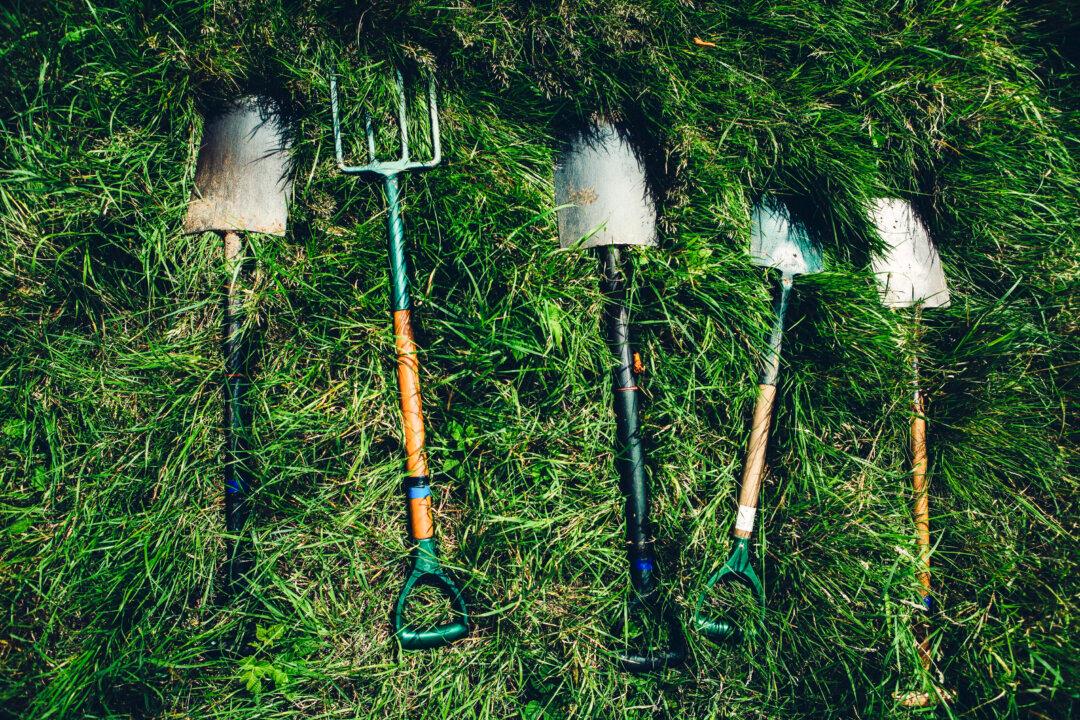Gardening is significantly easier with the right tools.
But before heading to the local home improvement store or browsing through the wealth of gardening tools online, it’s important to decide on the size of the garden and the specific plants or trees that will be planted. Keep in mind that while many tools may not be used every day, they will still save considerable time, energy, and effort and be worth the investment.





